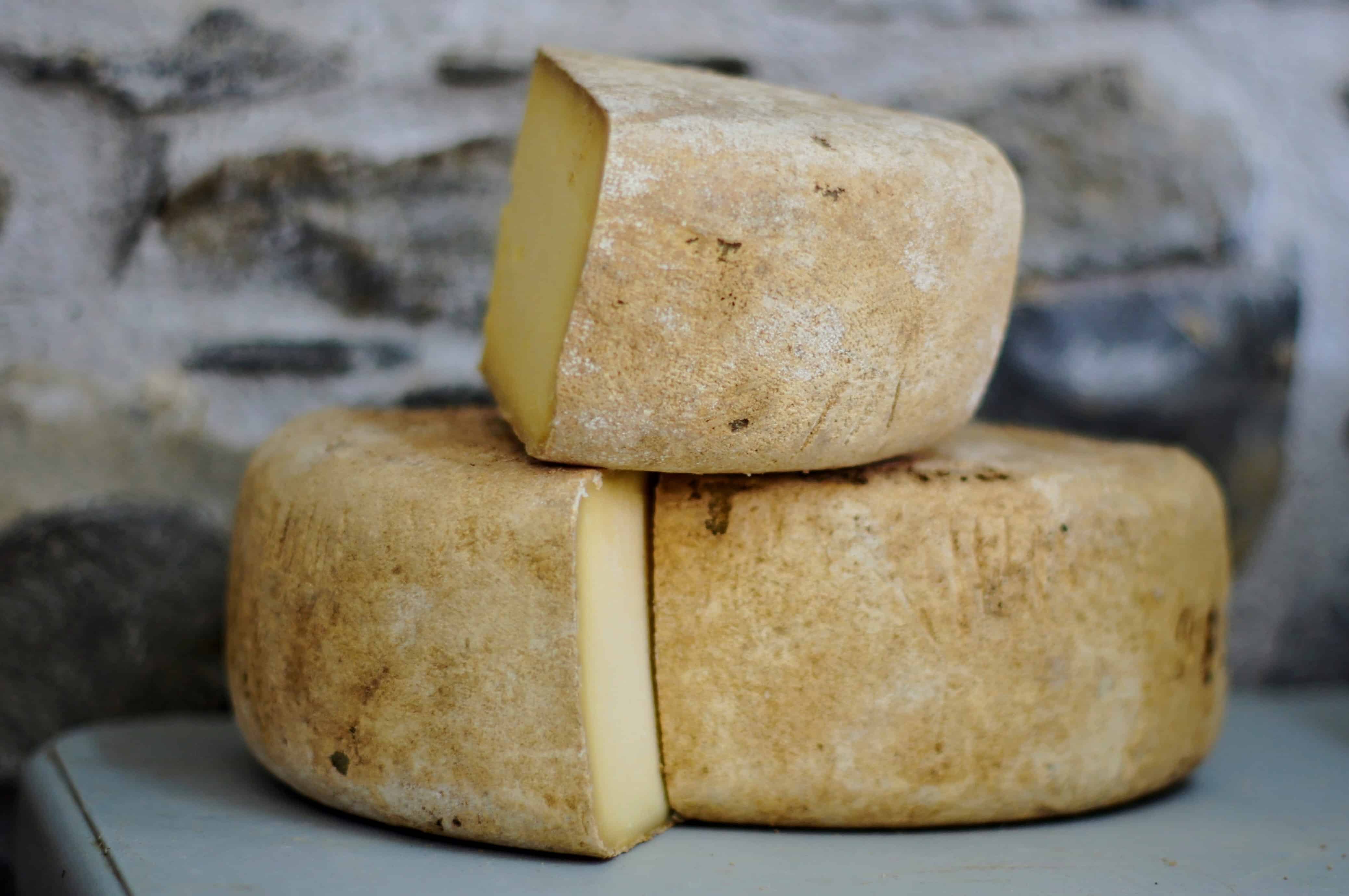Plan Ahead for Unforgettable Wine Tours in Sonoma
Wiki Article
Step into the World of Sonoma's Wineries 95405
Understanding the nuanced vocabulary related to winery wine tasting is crucial for both novices and seasoned connoisseurs alike. Each term brings to life the experience of tasting wine and may improve one’s appreciation of the numerous intricacies concerned. Wine tasting is more than just consuming; it is an art that involves various senses and emotions. To begin with, the term "nostril" refers back to the aromas one detects when smelling the wine. This is a crucial step because the bouquet units the stage for the tasting experience. Notes of fruit, spice, earth, and wooden could mingle, offering a glimpse of what the palate might verify. Understanding "nosing" the wine can dramatically elevate one's sensory journey.One Other key aspect is the term "body." The body of the wine describes its weight and fullness on the palate. A full-bodied wine has a strong presence and tends to linger longer after swallowing. Conversely, light-bodied wines may feel more delicate and refreshing. Recognizing the body helps tasters assess the wine's construction and steadiness.
Boost Your Napa Valley with Onsite Dining 95409
The idea of "tannins" is important in red wine tasting. Tannins are compounds derived from grape skins, seeds, and stems, contributing to a wine's texture and growing older potential. High tannin wines typically end in a dry mouthfeel, whereas decrease tannin levels yield a smoother experience. This distinction is particularly essential when pairing wines with food, as tannins can both complement or conflict with certain dishes. In addition to tannins, "acidity" plays a big position within the wine tasting experience. Acidity gives wine its crispness and liveliness - Remarkable Wine Flight Experiences in Sonoma. Wines with greater acidity are usually refreshing and energizing, making them wonderful companions for a selection of foods. Recognizing acidity can drastically improve one’s food-pairing capabilities and total tasting enjoyment. When delving into the flavor profile of a wine, one could encounter the term "finish." The end refers to the aftertaste that lingers within the mouth after swallowing. A lengthy finish is usually associated with high-quality wines, as it signifies complexity and depth. A quick finish might counsel a less complicated wine. Figuring Out tips on how to consider the end can reveal much a few wine's character. Exploring the "vintage" can additionally be integral to wine tasting terminology. The vintage denotes the year by which the grapes had been harvested. Different years can yield vastly totally different results because of variations in local weather conditions. For occasion, a sizzling summer can produce extra concentrated flavors, whereas a cooler 12 months might yield more delicate, nuanced wines. Understanding vintage permits for a deeper appreciation of a wine’s origin and potential.Navigate the Charming Wineries of Sonoma County
The term "terroir" encompasses the geographical and environmental elements that contribute to a wine's unique character. Factors corresponding to soil type, local weather, elevation, and topography all play a task within the flavor and high quality of the wine. This connection to place helps one perceive why wines from different areas can taste so distinctively totally different, even when made from the same grape selection (Local's Guide to Vineyard Tours in Sonoma County).
When participating with wines, the phrase "leg" refers to the droplets that kind on the within of the glass after swirling. These droplets can indicate the wine's alcohol content and viscosity. Whereas observing the legs may not immediately relate to the wine’s taste, it adds to the general experience and intrigue of wine tasting less transparent.
Your Ultimate Guide to Sonoma Wine Tastings 95433
A extra specific term that may arise during tastings is "oak." The influence of oak barrels on wine can impart flavors such as vanilla, toast, or spice. The degree of oak growing older can differ extensively discover this among wines, affecting each aroma and taste. Understanding oak remedy offers insights into the winemaker’s choices and the ensuing complexity of the wine. In wine tasting, one may additionally hear the term "palate." The palate refers back to the general taste experience in the mouth. This encompasses sweetness, bitterness, acidity, and body. A well-balanced palate is essential for a harmonious tasting experience, and recognizing any imbalances helps assess the quality of the wine. The experience of wine tasting is greatly enriched by understanding the terminology that accompanies it. Every term serves a function, enhancing the flexibility to convey ideas and emotions concerning the wine one's experiencing. This vocabulary bridges communication between tasters, sommeliers, and winemakers alike.To totally get pleasure from wine tasting, it is important to interact all senses. The sight of the wine, its colour, and clarity can provide perception into its age and high quality. Swirling the wine releases aromas that heighten the olfactory experience, while the actual tasting allows for a whole analysis of the wine's profile.
Discover Organic Wine Choices at Renowned Wineries in Sebastopol
In conclusion, understanding the detailed explanation of winery wine tasting terminology significantly enhances the experience of tasting. Every term invitations the taster to have interaction extra deeply with the wine, encouraging connections to the senses, the winemakers, and the lands the place the grapes are grown. This nuanced vocabulary creates a richer, more fulfilling wine tasting experience.- Aroma refers to the scents released by the wine, which may point out its grape selection and affect the tasting experience.
- Tannins are pure compounds present in grape skins, seeds, and stems, contributing to the wine's construction and getting older potential.
- A end, or aftertaste, is the lingering flavor sensation that continues to be on the palate after swallowing, usually a key indicator of high quality.
- Physique describes the burden and fullness of wine within the mouth, typically categorized as light, medium, or full-bodied.
- Terroir denotes the distinctive environmental traits of a winery that affect the style and high quality of the wine, including soil sort and climate.
- Acidity is a critical element that contributes to a wine's freshness and stability, impacting its growing older capability and general flavor profile.
- Vintage signifies the 12 months grapes had been harvested and performs a major function in figuring out the wine's characteristics, reflecting specific climatic conditions.
- Decanting involves pouring wine from its bottle into another vessel, allowing it to aerate and enhancing its flavors and aromas.
- A corked wine may be tainted by a faulty cork, leading to musty or off-putting flavors that detract from the wine's supposed profile.
- The term “legs” refers again to the droplets that cling to the inside of a glass after swirling, often associated with the wine's alcohol content material and viscosity.undefinedWhat is the that means of "nostril" in wine tasting?undefinedThe "nose" refers back to the aroma profile of the wine, which is detected through the sense of scent. It Is an important aspect of wine tasting, as aromas can reveal so much in regards to the grape selection, winemaking process, and aging.
What are "tannins" and how do they have an result on wine?undefinedTannins are natural compounds found in grape skins, seeds, and stems that contribute to a wine's construction and astringency. They can create a drying sensation within the mouth, and they also play a job in the wine's aging potential.
The Insider's Guide to Sonoma Wine Tastings 95409
What does the term "balance" imply in wine tasting?undefinedStability refers back to the concord between the different parts of a wine, similar to acidity, sweetness, alcohol, tannin, and flavor depth. A well-balanced wine may have each of those elements supporting each other rather than overpowering the others. What is the importance of "terroir" in wine tasting?undefinedTerroir encompasses the environmental factors—such as soil, climate, and geography—that affect the characteristics of the wine produced in a particular region. Understanding terroir helps tasters recognize the distinctive qualities that totally different areas impart to their wines. What does "vintage" mean and why is it important?undefined"Vintage" signifies the year when the grapes had been harvested. It is crucial as a result of it affects the wine’s high quality and characteristics, as climate conditions through the rising season can significantly affect flavor profiles and aromatics. What are "legs" and what do they signify?undefined"Legs" check with the droplets that kind and run down the within of a glass after swirling wine. While they'll point out alcohol content and viscosity, they do not decide quality—this is extra about personal perception of richness.
The Ultimate Guide to Wine Tasting around Sonoma

What does "full-bodied" mean versus "light-bodied"?undefined"Full-bodied" wines are wealthy, dense, and sometimes have higher alcohol content material and sophisticated click over here now flavor profiles, while "light-bodied" wines are extra delicate and refreshing with a lower alcohol content material. This distinction helps tasters understand the anticipated weight and mouthfeel of the wine. How can I determine fruit flavors in wine?undefinedTo identify fruit flavors, contemplate the aroma and taste profiles. Swirl the wine, inhale deeply to seize the bouquet, and focus on specific traits. Familiarity with typical fruit profiles of various grape varieties can improve this identification process. What is "end" in wine tasting?undefinedThe "finish" refers again to the aftertaste that lingers in the mouth after swallowing. A long, complicated finish is usually a sign of high quality in a wine, as it reflects the depth of flavor and total craftsmanship in the winemaking course of. Report this wiki page